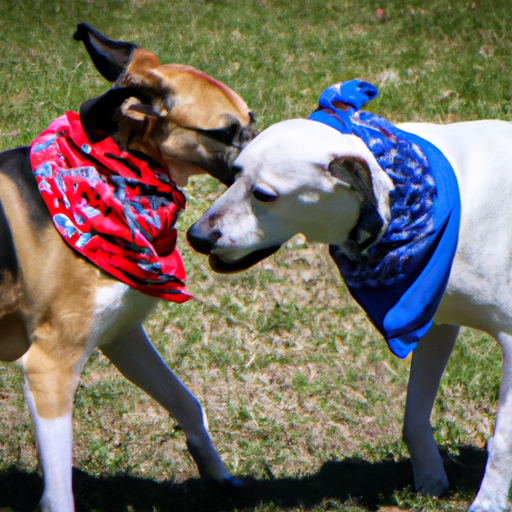Every dog owner knows that bringing a new pet into your home can be as exciting as it is challenging. Introducing dogs to each other is a delicate process that requires careful planning and patience. This article will provide you with a thorough understanding of the best practices for introducing dogs to each other and ensuring a smooth transition.
Table of Contents
- Understanding Dog Behavior
- Preparing for the Introduction
- The Initial Meeting
- Building a Healthy Relationship
- Frequently Asked Questions
Key Takeaways
- Patience and understanding are crucial to a successful introduction between dogs.
- Know your dogs’ behavior to anticipate their reactions to new situations.
- The initial meeting should be in a neutral space to reduce territorial behavior.
- Regular, supervised interactions help build a healthy relationship between dogs.
Understanding Dog Behavior
Before introducing dogs to each other, it’s essential to understand canine behavior. Dogs communicate through their body language, and recognizing these signals can help you anticipate their reactions to new situations. Here’s an informative article by the American Kennel Club that provides a comprehensive guide on understanding dog body language.
Understanding your dogs’ behavior will also help you identify potential issues that may arise during the introduction process. You can find more information about understanding your dog’s behavior in this helpful guide on One Top Dog.
Preparing for the Introduction
Preparation is key when introducing dogs to each other. Here are some steps to follow:
- Ensure Both Dogs Are Healthy: Dogs can catch diseases from each other, so it’s important that both dogs are up-to-date on vaccinations and are in good health.
- Select a Neutral Location: The initial meeting should occur in a neutral location to avoid territorial behavior.
- Have Separate Sleeping Areas: Until the dogs are comfortable with each other, they should have separate sleeping areas.
- Use Leashes: Leashes provide control and prevent the dogs from hurting each other if things get out of hand.
The Initial Meeting
The initial meeting is a crucial part of the introduction process. It’s important to let the dogs meet in their own time and not to force the interaction. Here’s how to do it:
- Start by walking the dogs separately, gradually bringing them closer to each other.
- Allow the dogs to sniff each other, which is a normal part of their greeting process.
- Observe their body language closely. If you notice signs of aggression or fear, calmly separate them and try again later.
- Keep the initial meeting short and end on a positive note.
You can find more tips on making the first meeting a success in this article on One Top Dog.
Building a Healthy Relationship
Building a healthy relationship between your dogs requires patience and consistency. Here are some recommendations:
- Supervise their interactions: Always supervise the dogs when they are together, especially in the early stages of their relationship.
- Establish routines: Dogs thrive on routine. Establish consistent feeding, walking, and playtime schedules.
- Encourage positive interactions: Reward the dogs for calm and friendly behavior towards each other.
- Provide individual attention: Spend quality one-on-one time with each dog to prevent jealousy and competition.
For further guidance on how to foster a healthy relationship between your dogs, check out this helpful resource on One Top Dog.
Frequently Asked Questions
Q: What should I do if my dogs fight?
A: If it’s safe, separate them immediately. If fights continue, consult with a professional dog trainer or behaviorist.
Q: How long does it take for dogs to get used to each other?
A: It varies from dog to dog. It could take anywhere from a few days to a few months. Patience is key.
Q: Can I leave my dogs alone together?
A: Not until they have established a peaceful relationship. Ensure you supervise all interactions until you’re confident they can be together without supervision.
Introducing dogs to each other is not always easy, but with patience, understanding, and careful planning, you can help your dogs form a harmonious relationship. Remember, every dog is unique, and what works for one may not work for another. Don’t rush the process and consult a professional if needed. Good luck!



